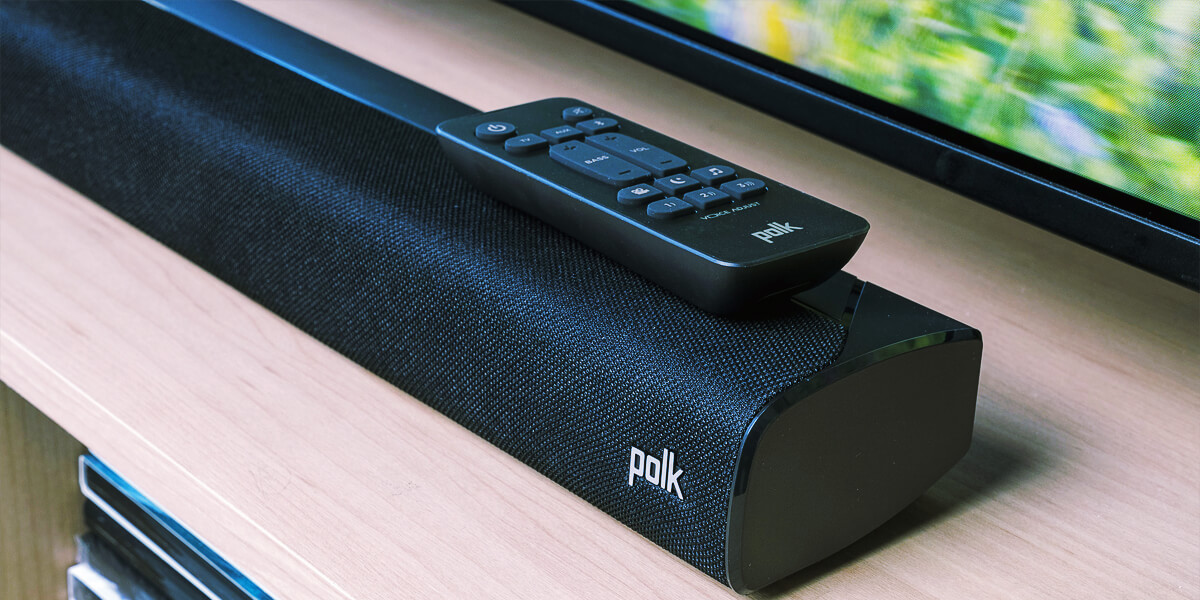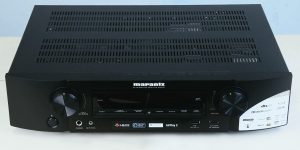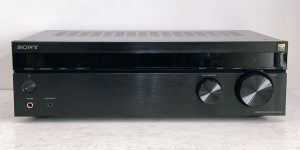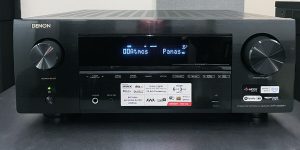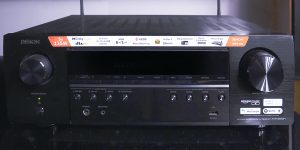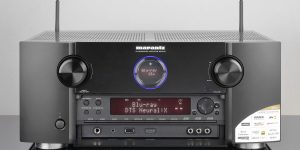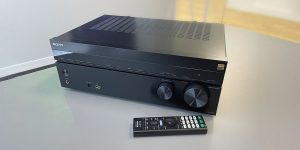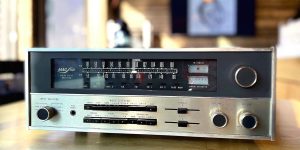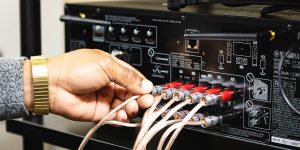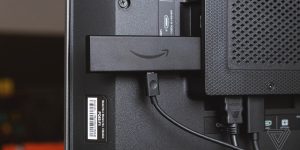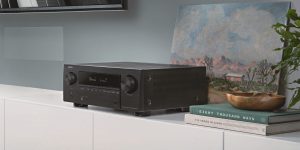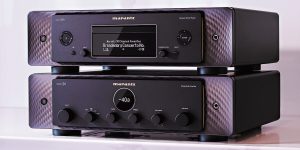A soundbar is a speaker system that is popular among people who want to improve the sound quality of their television without purchasing an advanced home theater system. Most people nowadays have an AV receiver in their house and use it for connecting numerous devices to their systems. But how do you correctly connect the soundbar to the receiver?
Indeed, a soundbar is a versatile gadget with built-in speakers and an amplifier rarely used in conjunction with a receiver. This is related not just to the soundbar’s autonomy but also, as I discovered, to the challenges involved in connecting a soundbar to a receiver. I assure you that this is not the case, and I will assist you in understanding the technical aspects.
Ideal scenarios for combining soundbars and receivers
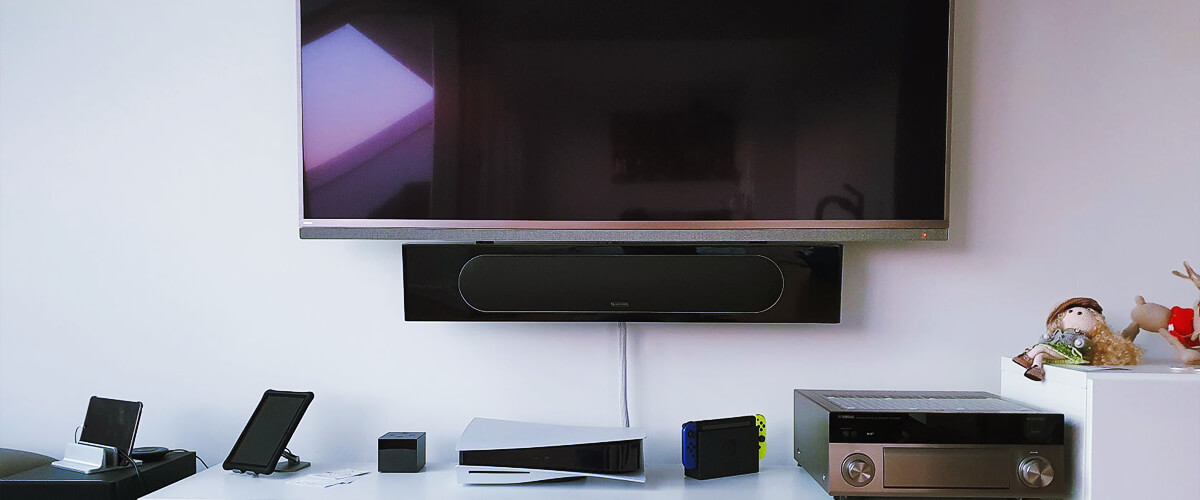
A soundbar could be a self-contained speaker that connects specifically to your TV or other sound sources through HDMI or Bluetooth connections.
A receiver, in contrast, is used to evaluate and improve audio signals from multiple devices. AVR often has several audio inputs and outputs and can connect to various speakers. These devices provide more versatility and modification choices than soundbars, enabling you to fine-tune your audio settings. They also provide superior audio quality along with additional power, which is necessary for larger spaces or those who prefer enjoying music at high volumes.
The primary distinction between soundbars and receivers is their sophistication and possibilities for customization. While combining soundbars and receivers can be advantageous, it is not always worth the time, effort, or costs. Some models lack extensive options for connecting, making it difficult to use your soundbar with a receiver. It may not be functional with your receiver if it just has a few input options and does not support HDMI.
You should understand that investing in a receiver may not be worth the cost when a soundbar alone can give adequate sound quality. Both of these tools can handle their issues effectively on their own, but with the right approach, they may be used together organically.
Passive soundbars with AV receivers
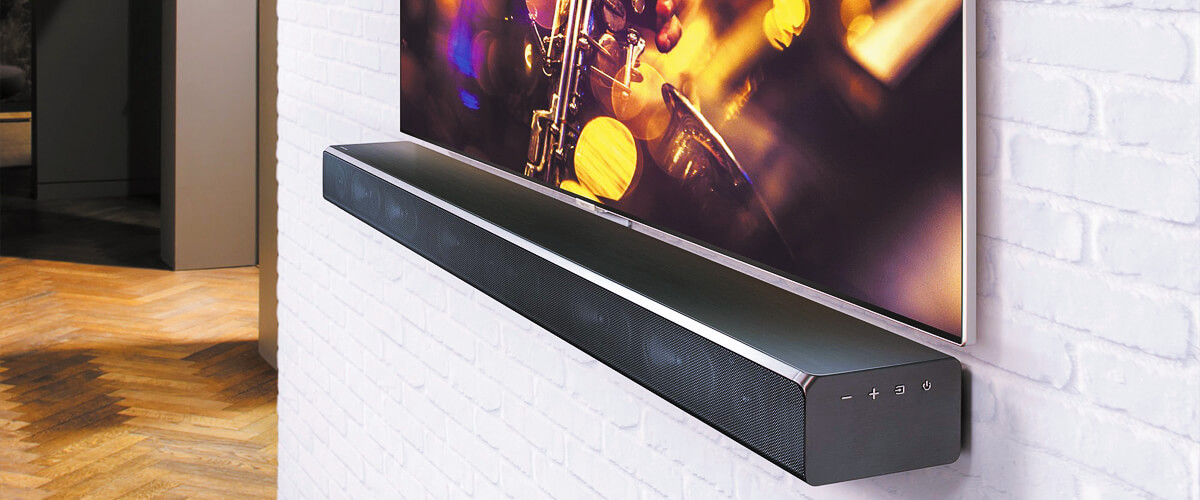
Passive soundbars are intended to be paired to an AV receiver, the primary booster, and a signal generator. They are more compatible with AVRs because they lack a built-in amplifier, so they require an external amplifier to power the speakers. This combination also offers more flexibility, as you can link them to the speaker outputs of your AV receiver. Using it, you have more control over the audio settings, and you can fine-tune the sound. Passive soundbars are more modular, so you can add or remove speakers depending on your needs.
Linking a passive soundbar to an AV receiver is a simple technique that usually consists of the following stages:
- You must first decide on the speaker setup before linking your soundbar. This will be determined by the number of speakers you have, the size of your space, and your individual preferences.
- The second step is to connect your soundbar to the receiver with a speaker wire or banana plugs. Plug the soundbar’s left and right channels into the receiver’s matching speaker connectors.
- After interacting, you have to adjust certain receiver parameters to get the best sound quality. This could include altering the speaker levels, installing a subwoofer, or changing the equalizer parameters.
The combination of a passive soundbar and an AV receiver offers flexibility in speaker configuration, as you can add or remove speakers depending on your needs. Additionally, the use of an external amplifier in the AV receiver can improve audio quality, providing a more powerful and nuanced sound experience compared to using a built-in amplifier in an active soundbar.
Active soundbars with preamp outputs
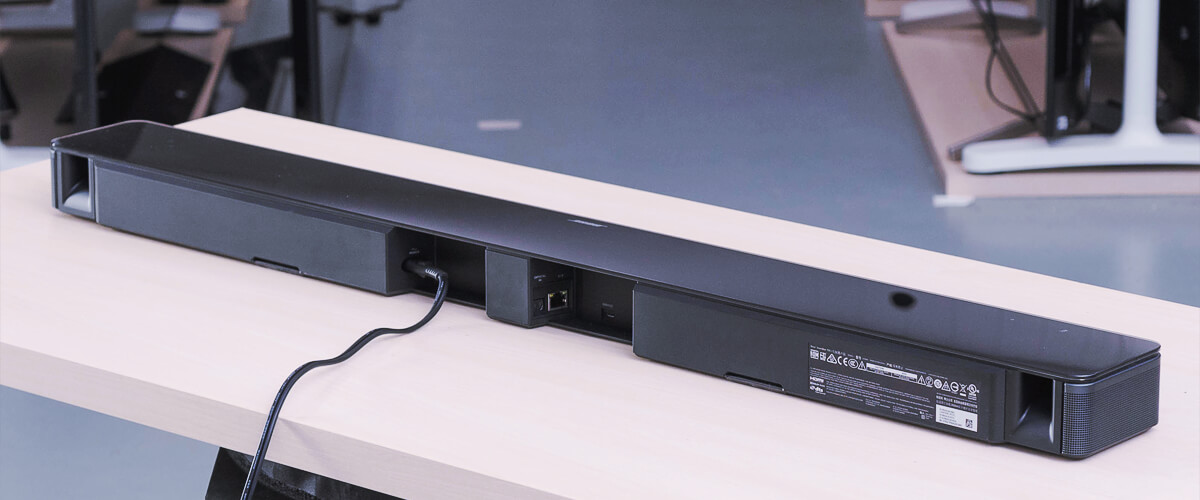
Active soundbars with preamp outputs have integrated amplifiers and can be linked to external amplifiers or receivers. Owners can use their active soundbar as a separate preamp or converter with preamp outputs. Pairing an active soundbar with a receiver featuring preamp outputs requires the following actions:
- Connect the soundbar’s output to the preamp input on the receiver using an HDMI or optical cable.
- Once linked together, you’ll need to customize the soundbar and receiver. This may include adjusting the built-in amplification and functions of the soundbar, such as bass and treble settings, as well as the receiver’s complex processing and interaction possibilities.
- Finally, adjust the sound levels to ensure that the sound is balanced and optimized for you.
An active soundbar with a preamp outputs setup offers several advantages, such as maintaining the sound bar’s built-in amplification and features while benefiting from the receiver’s advanced processing and connectivity. This setup can also simplify the wiring and reduce clutter in your entertainment system, as you only need to connect a few cables between the soundbar and the AV receiver.

